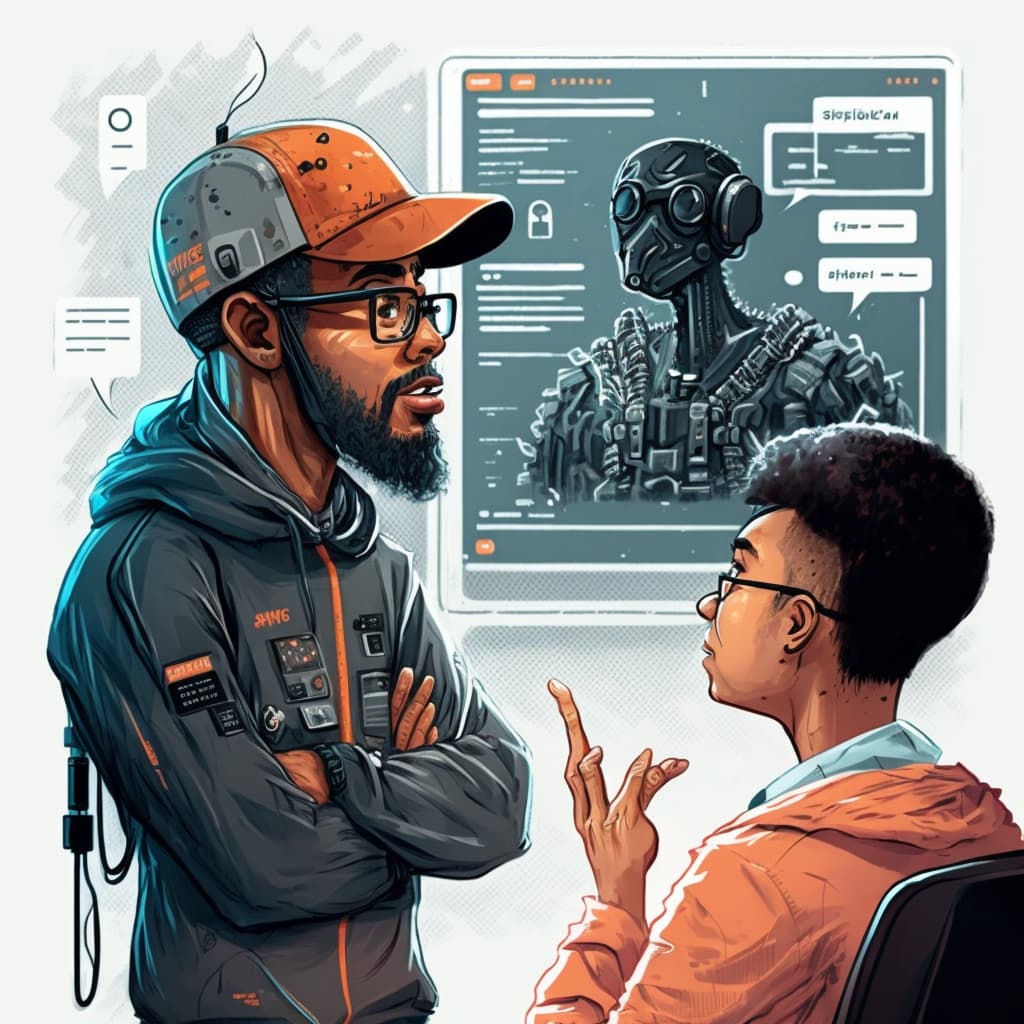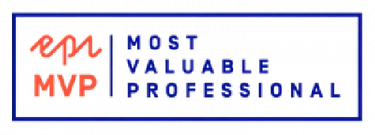AI generated content
This content is generated by an AI and does not reflect the opinions or views of individuals, either living or deceased.
| Text generated by | ChatGPT (GPT-4) |
| Text prompt | Write an article with the title: Effective Communication for Tech Professionals: Mastering the Art of Explaining Complex Concepts |
| Image generated by | Midjourney |
| Image prompt | Effective Communication for Tech Professionals: Mastering the Art of Explaining Complex Concepts |
Effective Communication for Tech Professionals: Mastering the Art of Explaining Complex Concepts

In the fast-paced and ever-evolving world of technology, effective communication is a vital skill for tech professionals. The ability to explain complex concepts in an accessible manner to clients, colleagues, and stakeholders is crucial for success in the industry. In this article, we will delve into the art of simplifying technical jargon and ideas, ensuring that your message is understood by both technical and non-technical audiences alike.
Know Your Audience
Before you begin to explain a complex concept, it's essential to understand your audience. Consider their background, level of expertise, and familiarity with the subject matter. This knowledge will help you tailor your explanation to their needs, ensuring that you don't overwhelm them with technical jargon or oversimplify the concept.
Use Analogies and Metaphors
Analogies and metaphors can be powerful tools for simplifying complex ideas. By relating the concept to something familiar and easy to understand, you can help your audience grasp the underlying principles more quickly. Be cautious, however, to select analogies that are relevant and culturally appropriate for your audience.
Break Down Concepts into Smaller Parts
Complex concepts can often be more easily understood when broken down into smaller, more manageable components. By dividing the concept into its constituent parts, you can guide your audience through the topic step-by-step, gradually building their understanding of the overall idea. Be sure to provide a clear roadmap of your explanation to help your audience follow along.
Use Visual Aids
Visual aids, such as diagrams, flowcharts, and illustrations, can greatly enhance understanding when explaining complex concepts. These visual tools can help clarify relationships between different components, demonstrate processes, and highlight key points. When using visual aids, ensure they are clear, concise, and relevant to the topic at hand.
Focus on the "Why" and the "How"
When explaining a complex concept, it's important to address both the "why" (the rationale behind the idea) and the "how" (the process or mechanism). By explaining the reasoning and the method, you can help your audience gain a deeper understanding of the concept and better appreciate its significance.
Encourage Questions and Feedback
Engaging your audience and encouraging questions can help clarify any confusion or misunderstandings. Be open to feedback and be prepared to adjust your explanation if needed. This interaction can also help you gauge your audience's comprehension and ensure that your message is being effectively conveyed.
Practice Active Listening
Active listening is a crucial component of effective communication. By demonstrating that you are genuinely interested in your audience's thoughts and concerns, you can establish trust and rapport. Listen carefully to their questions and feedback, and respond thoughtfully and empathetically, adapting your explanation as necessary.
Conclusion
Mastering the art of explaining complex concepts is a valuable skill for tech professionals, enabling them to communicate more effectively with clients, colleagues, and stakeholders. By understanding your audience, using analogies and metaphors, breaking down concepts into smaller parts, utilizing visual aids, focusing on the "why" and "how," encouraging questions and feedback, and practicing active listening, you can ensure that your message is clear, concise, and accessible to all. With patience and practice, you can become a skilled communicator, capable of bridging the gap between technical and non-technical audiences and enhancing collaboration in the tech industry.
